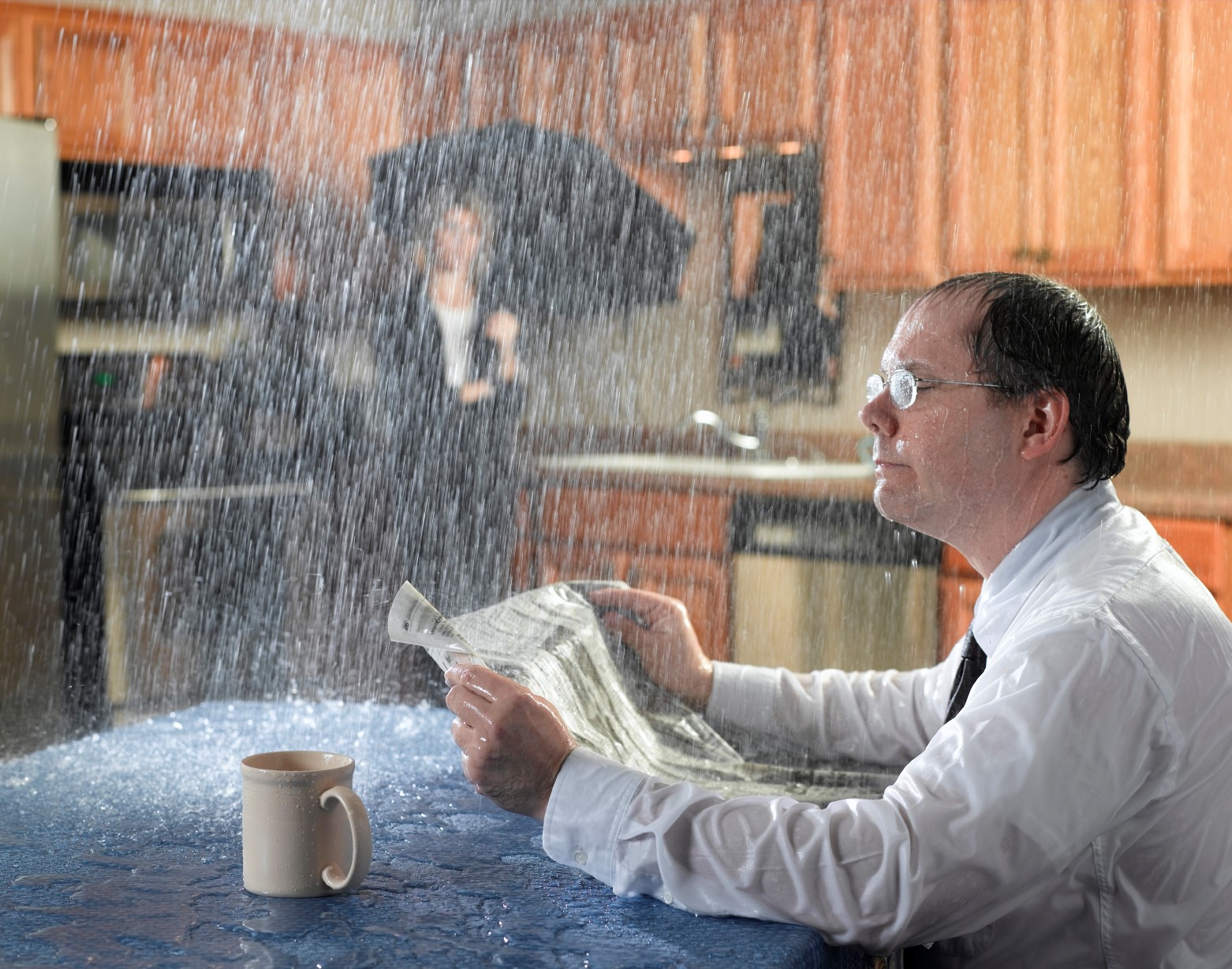6 Factors Behind Common Water Leaks in Homes and Solutions
6 Factors Behind Common Water Leaks in Homes and Solutions
Blog Article
Just how do you really feel on the subject of Common Water Leaks In House?

Leaks not only trigger waste of water however can likewise create unneeded damages to your house as well as advertise undesirable natural growth. Unfortunately, water leakages may go undetected given that a lot of the pipework in our house is hidden. By looking and comprehending for everyday situations that create leakages, you can protect your residence from future leakages and unneeded damage. Today, we will look at 6 leakage creates that may be causing your pipes to drip.
Intruding roots
The majority of water leaks begin outside the house rather than inside it. If you see an unexpected decrease in water stress, say in your faucet, take some time to head out as well as analyze your lawn. You could see wet spots or sinkholes in your yard, which could imply that tree origins are invading water lines causing water to leak out. You can have your plumber look for intrusion, particularly if you have trees or hedges near your residential property.
Rusty water systems
As time passes by, your plumbing system ages as well as deterioration such as rust may begin gnawing the pipes. This could be the cause of discoloration or warping on your pipes. This asks for an evaluation with your plumber quickly. Consider replacing the pipes considering that they are at a greater threat of deterioration than the newer models if our plumbing system is old.
Defective Pipe Joints
The point at which your pipes connect is frequently the weakest link in the waterline. Pipe joints can deteriorate gradually, causing water leakages. The majority of pipe joints are not easily visible. If you have loud pipelines that make ticking or banging sounds, specifically when the hot water is turned on, your pipe joints are most likely under a great deal of stress. It is a good idea to have your plumber check your system yearly.
Immediate temperature adjustments.
Severe temperature changes in our pipelines can cause them to increase as well as contract unexpectedly. This development as well as tightening may cause fractures in the pipes, specifically if the temperature level are below cold.
Poor Water Connectors
At times, a leak can be created by loose pipes and also pipes that provide your appliances. In instance of a water connections leak, you might notice water running directly from the supply line or pools around your appliances.
Obstructed Drains
Clogged drains pipes could be bothersome and also inconveniencing, but they can in some cases wind up triggering an overflow resulting in break pipes. Keep removing any kind of products that may go down your drains that might block them to stay clear of such troubles.
All the above are sources of leaks but not all water leaks arise from plumbing leaks; some leakages might originate from roofing leakages. All leakages ought to be fixed immediately to stay clear of water damages.
Leakages not only cause waste of water yet can also cause unneeded damages to your residence and advertise undesirable organic growth. By comprehending as well as looking for daily situations that trigger leaks, you can secure your house from future leakages as well as unneeded damage. Today, we will certainly look at 6 leakage creates that might be creating your pipelines to trickle.
At times, a leakage can be caused by loose hoses and pipelines that provide your devices. In instance of a water connections leakage, you might see water running straight from the supply line or pools around your home appliances.
How To Check For Water Leak In Your Home
How To Check for Leaks
The average household's leaks can account for nearly 10,000 gallons of water wasted every year and ten percent of homes have leaks that waste 90 gallons or more per day. Common types of leaks found in the home are worn toilet flappers, dripping faucets, and other leaking valves. These types of leaks are often easy to fix, requiring only a few tools and hardware that can pay for themselves in water savings. Fixing easily corrected household water leaks can save homeowners about 10 percent on their water bills.
To check for leaks in your home, you first need to determine whether you're wasting water and then identify the source of the leak. Here are some tips for finding leaks:
Take a look at your water usage during a colder month, such as January or February. If a family of four exceeds 12,000 gallons per month, there are serious leaks.
Check your water meter before and after a two-hour period when no water is being used. If the meter changes at all, you probably have a leak.
Identify toilet leaks by placing a drop of food coloring in the toilet tank. If any color shows up in the bowl after 10 minutes, you have a leak. (Be sure to flush immediately after the experiment to avoid staining the tank.)
Examine faucet gaskets and pipe fittings for any water on the outside of the pipe to check for surface leaks.
Undetected water leaks can happen without the home or business owner even realizing. If you suspect a water leak, but not able to find the source. It is time to contact a professional water leak detection service, The Leak Doctor.
How To Find a Water Leak In Your Home
https://www.leakdoctor.com/blog/How-To-Check-For-Water-Leak-In-Your-Home_AE197.html

I hope you enjoyed reading our part about How to detect water leaks in your home. Thank you so much for finding the time to read through our piece of content. If you liked our post plz be sure to share it. Many thanks for taking the time to read it.
Suggested Site Report this page